|
*Note: this post contains Amazon Affiliate links. Any purchases made via the links provided go to support our literacy efforts.
The start of summer is the time to think about planting your garden and with June being National Fresh Fruit & Vegetable month, why not try out some new fruits and vegetables offered in your area? Before planting your garden, read The Carrot Seed by Ruth Krauss and for the little ones consider reading The Very Hungry Caterpillar by Eric Carle or Eating the Alphabet by Lois Ehlert. National Dairy Month has been celebrated since 1939 and with all the health benefits of consuming dairy, be sure to include it in your baking and cooking. Support your local dairy farm during these trying times with a visit and for a fun read, include The Cow Loves Cookies by Karma Wilson. Spend the day outdoors with dad on Father‘s Day complete with cheeseburgers, grilled vegetables, strawberry shortcake and a book.
June is also generally the month when children are released from school to begin enjoying the pleasures of summer but unfortunately, June 2020 has been thrown into a bit of turmoil. Not to worry. Summer is an excellent time for natural learning from gardening, to exploring on nature walks to visiting farms, zoos and aquariums to canning, cooking and baking. All of these activities incorporate reading, math and science naturally and the experiences build background knowledge. Be sure to include plenty of fiction and nonfiction books for children to explore on their own and for read alouds
June
National Candy, Dairy, Fresh Fruit and Vegetables, Iced Tea & Mango Month
National Dairy Month
National Fresh Fruit and Vegetables Month
National Mango Month
National Iced Tea Month
Sit back on a blanket out in nature, sip a glass of iced tea and share your favorite storybook.
2nd: National Donut Day
First Full Week: National Garden Week
For additional titles, take a look at our previous blog: Why get kids in the garden?.
11th: National Corn on the Cob Day
13th: National Weed Your Garden Day
14th: National Strawberry Shortcake Day
21st: Father's Day
Research shows that boys are increasingly viewing reading as something for girls, which tends to result in lower reading scores. The best way to combat this attitude is for children to see the males in their life read. This Father’s Day, have dad or grandpa share their favorite story from childhood.
Happy reading!
-Kate @ BTBL Author
We are three generations that seek a way to get back to basics. It’s not that we eschew technology, but sometimes simpler is better, especially in raising our children. Mom was a reading teacher, Amanda is an early childhood educator and Kate a children’s literature specialist and former school librarian along with the latest additions, a daughter (now 4) for Kate, and two sons (now 1 and a newborn) for Amanda. We advocate reading aloud, the simple toys that use imagination and encourage creativity and learning in the kitchen, which can be a fun mess but also teaches life skills. Join us in raising healthy, happy, inquisitive and intelligent children.
0 Comments
*Note: this post contains Amazon Affiliate links. Any purchases made via the links provided go to support our literacy efforts.
Spring has sprung (although it's currently feeling more like summer) and the bugs have arrived. Most of us think of ways to get rid of the pests, but bugs can offer a summer full of reading, science and biology lessons. The natural curiosity of children makes this a fairly easy endeavor because most kids will find some bug fascinating. This is a great time for you as the parent to instruct your child how some bugs are beneficial and serve an ecological function and also offers a valuable opportunity to teach your child about the life, growth, death cycle. If you yourself are not well versed in insects, check out online sites such as National Geographic Kids or The Amateur Entomologists Society’s The Bug Club. You can begin in a fun way by watching the movie A Bug’s Life and then move on from there. Tailor learning to your child’s age, ability and interest. Start by reading stories about bugs. There are board books for the littlest ones, picture books for all ages and chapter books.
Next, use your child’s natural curiosity to locate and observe bugs. Get a magnifying glass and a bug box or jar and let your child loose in the backyard. Include walks in the country, woods and parks and don’t forget to check out rivers and lakes. Teach them to observe, describe, document, research and then they will have added to their background knowledge. Some ideas might include:
Remember that this isn’t a one-time activity but something that you can continue to revisit throughout the summer and beyond. Make bug crafts with your child (search the Internet for ideas,) play bug games such as Cootie or Mojo Education Bug-tastic Memory Match Game and look for events at local parks and nature centers that teach about insects. Learning about bugs will use those skills your child already has, building confidence and will further create new skills, to help further development, so go ahead and embrace the creepy crawlies this summer.
A quick Google search or browse through Amazon with the key words 'bug books for kids' will come back with a plethora of results, so we've put together a list of our favorite, buggiest bug books!
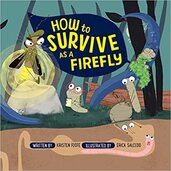
This particular title, How to Survive as a Firefly by Kirsten Foote, deserves a moment in the spotlight. Not only is this book witty and laugh-out-loud funny, it is also illuminating (see what I did there, ha) and highly engaging for all ages. Follow along as a stern, older firefly (reminiscent of a drill sergeant) is educating the new larvae on what it takes to become and survive as a firefly. There's tons of unique vocabulary, such as metamorphosis and bioluminescence, lots of interesting facts scattered throughout in various sidebars and diagrams, and follow-up pages after the story with additional information, as well as a glossary. Use your best commanding voice when reading this one aloud or turn it into a reader's theatre!
Usborne Books & More
I am an Educational Services Representative, as well as Independent Consultant, with Usborne Books & More.
Happy bug hunting and reading!
-Kate @ BTBL Author
We are three generations that seek a way to get back to basics. It’s not that we eschew technology, but sometimes simpler is better, especially in raising our children. Mom was a reading teacher, Amanda is an early childhood educator and Kate a children’s literature specialist and former school librarian along with the latest additions, a daughter (now 4) for Kate, and two sons (now 1 and a newborn) for Amanda. We advocate reading aloud, the simple toys that use imagination and encourage creativity and learning in the kitchen, which can be a fun mess but also teaches life skills. Join us in raising healthy, happy, inquisitive and intelligent children.
*Note: this post contains Amazon Affiliate links. Any purchases made via the links provided go to support our literacy efforts.
As the saying goes, April showers bring May flowers, so now is the time to get out in the yard and plant some sunny blooms that not only attract the butterflies and bees but also brightens up a world that certainly needs some happy colors at this time.
Children and nature is a great combination building physically healthier children with a stronger immune system. Being outdoors also improves sensory skills, increases attention span and aids in social/emotional development. One way to spend time outdoors is in a flower garden, which then can be brought indoors. Bringing the outdoors in with flowers is a wonderful way to add color and fragrance to a room but flowers can also be added to a meal and what child doesn‘t love to pick flowers? Edible flowers often taste like they smell so try some different varieties to find what you like. Just remember that not all flowers are edible so be sure to do a bit of research first. Some edible varieties to include might be:
(Partial list from Good Housekeeping)
In addition to growing some edible flowers, why not please the natural pollinators that visit your yard; bees and butterflies. Include those flowers that attract bees such as Bee Balm, Black-eyed Susan, Goldenrod, Butterfly Bush, Purple Coneflower, Snowdrops, Crocus, Salvia, Sunflowers and Roses. The honey that bees produce makes a great sweetener in baked goods, on biscuits and in tea. Making honey candy is also a fun family activity. Look for various recipes and how tos online. Remember, due to the increased risk of botulism, do not give honey to children under the age of one year.
Be sure that when you choose your flowers and plant your garden that you make it a fun and engaging day that promotes discovery and natural learning. Then sit in your newly planted flower garden and read a flowery title such as:
Usborne Books and More
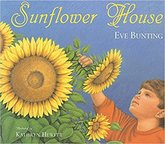
Sunflowers are a favorite flower for children to grow and include many varieties that vary in color and size. For a fun project for the whole family, read The Sunflower House by Eve Bunting and then get some mammoth sunflower seeds and plant your own sunflower house in your yard. At the end of summer, harvest the large seeds they produce and roast them for some healthy yummy goodness. Simply Recipes has a great article on their website, “How to Harvest and Roast (in shell) Sunflower Seeds” that covers the entire process.
One of our favorite “flower” books is the classic The Secret Garden by Frances Hodgson Burnett. To share the story through the years and ages of your children:
Happy planting and reading!
-Kate @ BTBL Author
We are three generations that seek a way to get back to basics. It’s not that we eschew technology, but sometimes simpler is better, especially in raising our children. Mom was a reading teacher, Amanda is an early childhood educator and Kate a children’s literature specialist and former school librarian along with the latest additions, a daughter (now 4) for Kate, and two sons (now 1 and a newborn) for Amanda. We advocate reading aloud, the simple toys that use imagination and encourage creativity and learning in the kitchen, which can be a fun mess but also teaches life skills. Join us in raising healthy, happy, inquisitive and intelligent children.
*Note: this post contains Amazon Affiliate links. Any purchases made via the links provided go to support our literacy efforts.
This week we have chosen to feature a series of books from a local Michigan author, Deborah Diesen. Diesen’s The Pout-Pout Fish was selected for the 2009 Michigan Reads! literacy program and the series has since blossomed to include board books, picture books, activity books, a sight word game and chapter books. With a four-year-old ready to embrace letters, rhyming and sight words, I am thrilled with the number of books and options available. In addition to the amazing illustrations, this Pouting fish and his stories flow in a rhythmic pattern and contain a signature repetitive phrase that lends itself well for interactive reading. Many of the titles in the series are excellent for helping children explore simple feelings making them a wonderful social/emotional learning resource. These books can also be used to open up a dialogue with your children discussing not only their emotions but recognizing the emotions of others as well as exploring different emotions and learning new ways to express themselves.
Read as many books from the series that you have on hand or find them in read alouds on YouTube. Look online for ideas and activities to do with the series and to further extend the fun and learning, you can:
Since summer is just around the corner, and hopefully we’ll be able to safely leave the house, a fantastic book for all ages to read is The Pout-Pout Fish Far, Far from Home. Anyone who has ever traveled can relate to the mishaps of detours and bumps in the road. Make sure to pay attention to the illustrations, which are full of humorous details and puns. For a fun activity, discuss where the family would want to go on vacation and then consult a map to see if this would be feasible. Even if it’s not feasible (my daughter insists we need to visit Paris,) perhaps see if there are travel guides available to order and order some. It’s always fun to receive mail. If the location is not doable, make alternative plans that you might actually be able to visit. Research the location and what it has to offer and then plan an itinerary, perhaps locating points of interest along the way. Then make a list of what will be needed and what you just want to bring along. If your child can’t write what they want to bring, have them make a list in pictures or stickers. There are so many possible activities for this title that can be both fun and educational. Think outside the box and remember that learning often occurs when you least expect it.
So, spend some time this summer exploring the series and let your child know that….
Oh, and be sure to keep an eye on our Instagram (@btbliteracy) to see photos of our Pout-Pout Fish inspired extended activities!
Happy reading and learning! -Kate @ BTBL Author
We are three generations that seek a way to get back to basics. It’s not that we eschew technology, but sometimes simpler is better, especially in raising our children. Mom was a reading teacher, Amanda is an early childhood educator and Kate a children’s literature specialist and former school librarian along with the latest additions, a daughter (now 4) for Kate, and two sons (now 1 and a newborn) for Amanda. We advocate reading aloud, the simple toys that use imagination and encourage creativity and learning in the kitchen, which can be a fun mess but also teaches life skills. Join us in raising healthy, happy, inquisitive and intelligent children.
*Note: this post contains Amazon Affiliate links. Any purchases made via the links provided go to support our literacy efforts.
During self-isolation you no doubt have become an educational maven but in spending so much time with your child on a daily basis, you may also have observed that they gravitate toward particular interests and have their own passions. I remember when my brother was little, it was all about trains and LEGO Technic sets. As he got older, he graduated to taking things apart and making new power sources from old microwave transformers. My parents fed his passion and today my brother is an electrical engineer. Looking back, I can see that the engineer was in him from a young age. Though my mother tried to get him to read for pleasure, his pleasurable reading consisted of the non-fiction How Stuff Works and various DK books. My passion was reading (even while walking to school) and literature and I followed that to my degree in Children’s Literature and now my literacy business. I have a friend who is an amazing artist who didn’t follow her passion and today regrets her decision. That is why I feel that while you should introduce your child to the many options there are in the world, you still need to be aware of their natural talents and passions and help them to fully explore the opportunities available to them.
Therefore, this week we have chosen to feature some books that celebrate individual gifts, curiosity, perseverance and self-expression. Iggy Peck, Architect, Rosie Revere, Engineer and Ada Twist, Scientist by Andrea Beaty help children see that pursuing one’s passion can lead to achieving that big dream. Again, if you don’t have the books, they are available as a read aloud on YouTube. Also, look for activity ideas online at TheQuestioneers.com and once life gets back to normal, look for the chapter books in this series as well.
While you explore this series, offer your child age appropriate activities such as:
This series is also wonderful for children of all ages for career exploration. Take architecture, engineering and science as a basis to explore all the various jobs and opportunities within each field. Feed their passion and their life will be full!
Happy reading!
-Kate @ BTBL Author
We are three generations that seek a way to get back to basics. It’s not that we eschew technology, but sometimes simpler is better, especially in raising our children. Mom was a reading teacher, Amanda is an early childhood educator and Kate a children’s literature specialist and former school librarian along with the latest additions, a daughter (now 4) for Kate, and two sons (now 1 and a newborn) for Amanda. We advocate reading aloud, the simple toys that use imagination and encourage creativity and learning in the kitchen, which can be a fun mess but also teaches life skills. Join us in raising healthy, happy, inquisitive and intelligent children. |
AuthorWe are mom Sandra and daughters Amanda and Kate, all with backgrounds in literacy and education, who want to share our philosophy of taking the basics of life; books, simple toys that encourage play, imagination and creativity, and using cooking and baking to teach math and real life skills to raise happy, inquisitive children. Join us in exploring the old and the new and sifting through the myriad of research to consider what is best for our children. Archives
June 2022
Categories
All
|
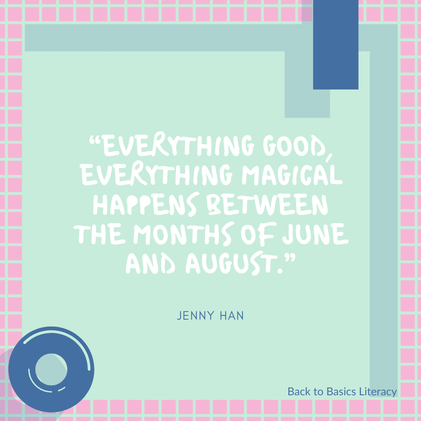
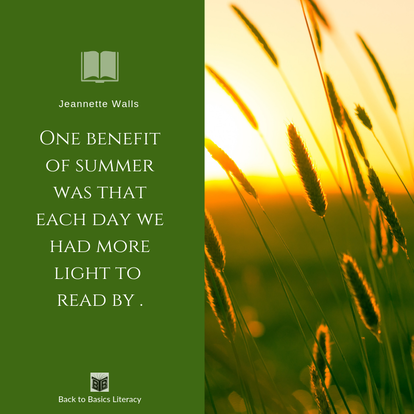
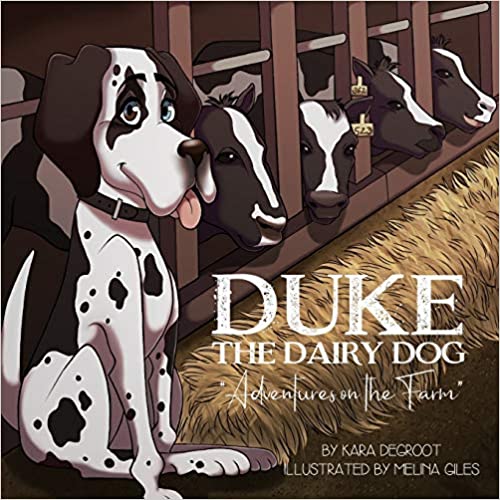
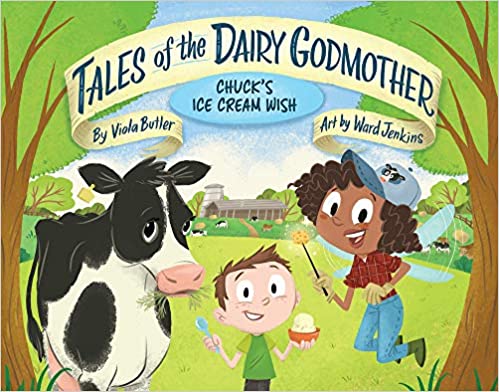
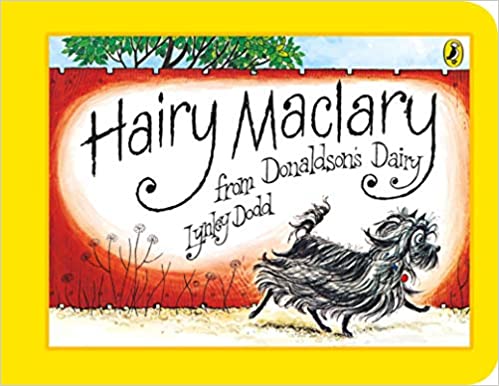
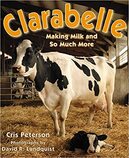
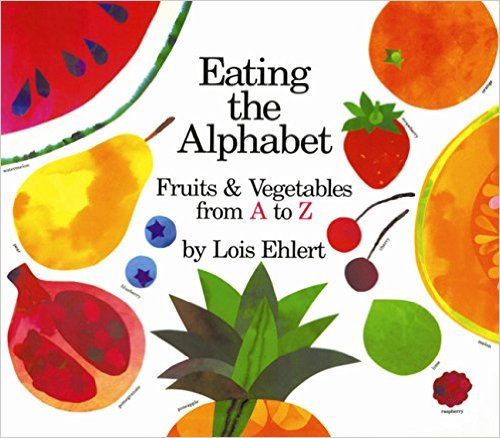
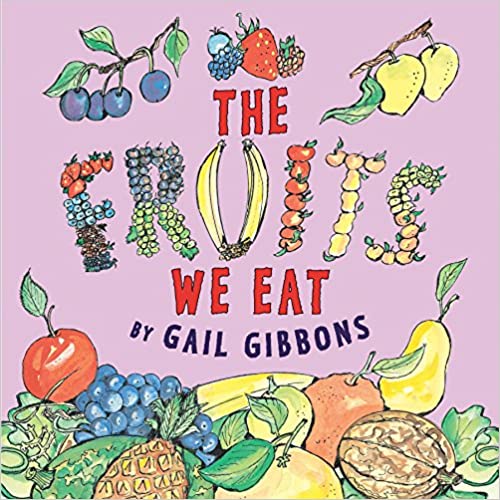
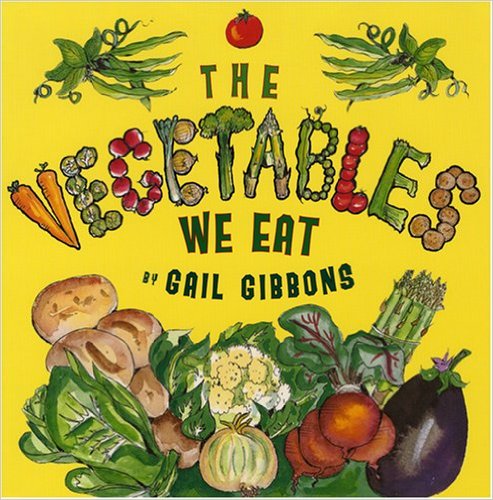
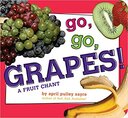
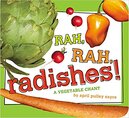
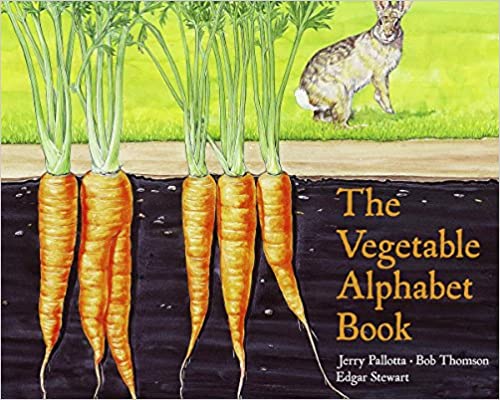
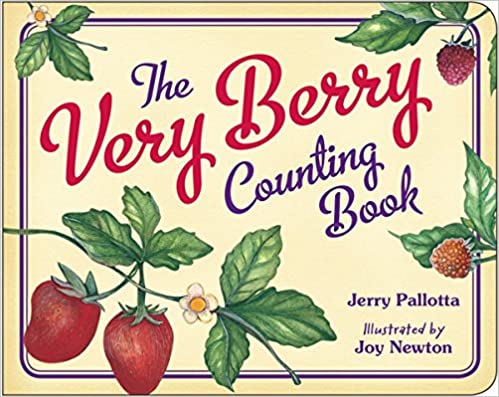
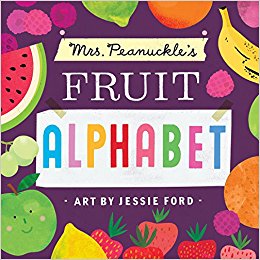
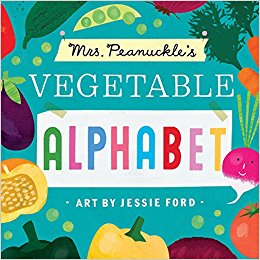
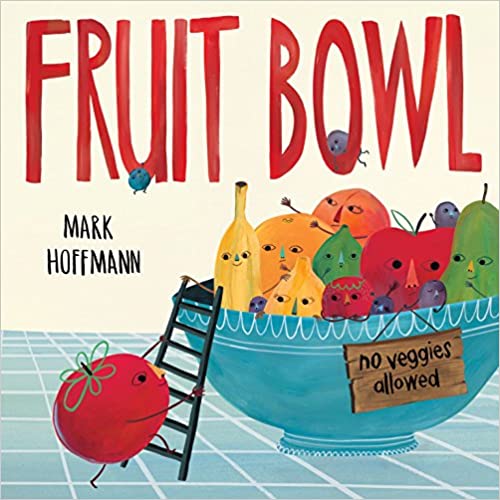
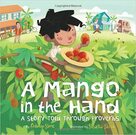
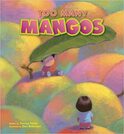
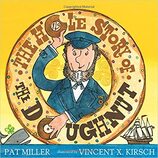
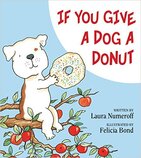
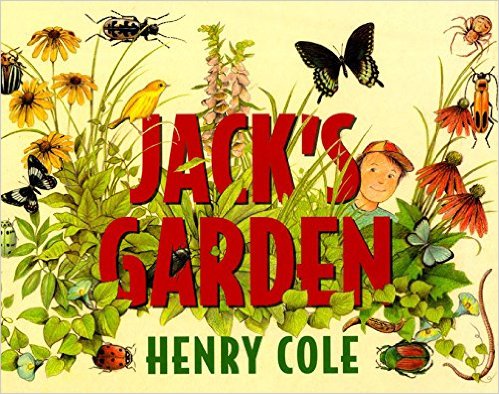
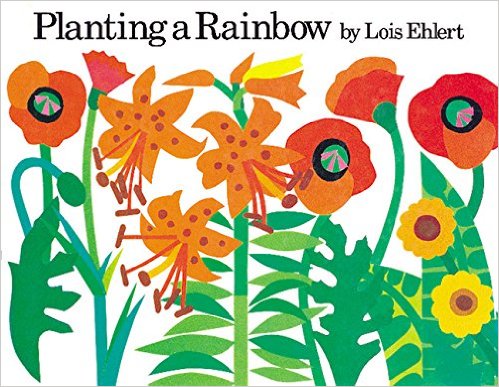
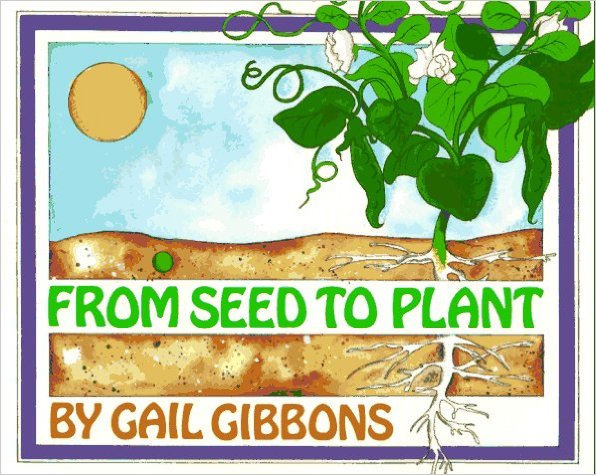
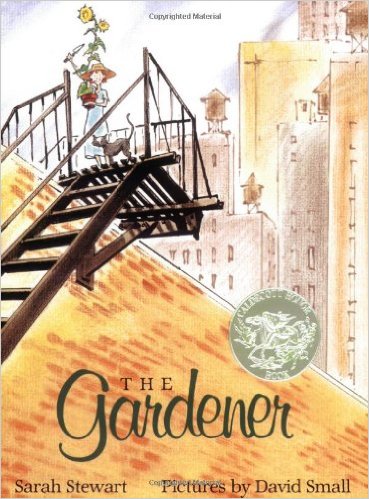
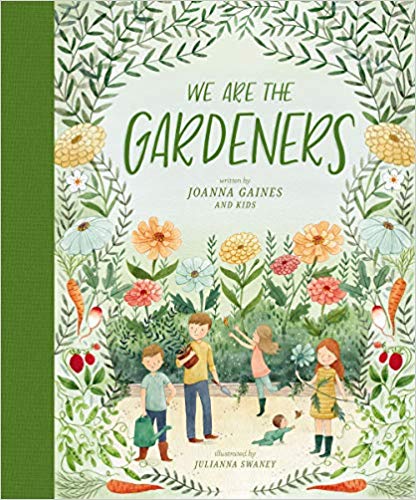

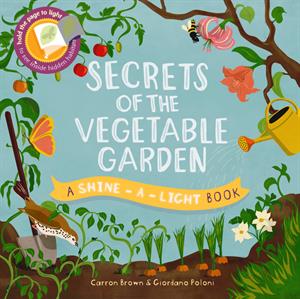
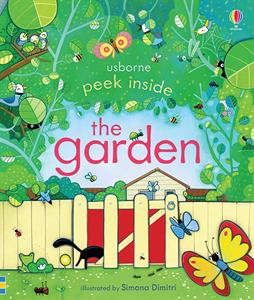
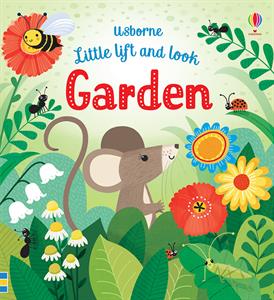
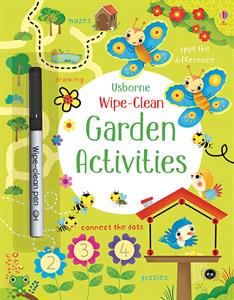
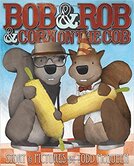
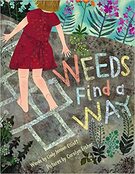

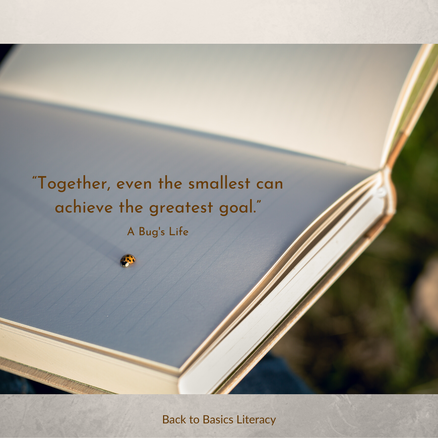
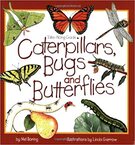
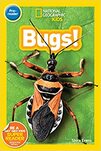
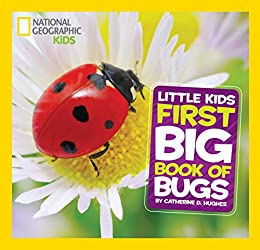
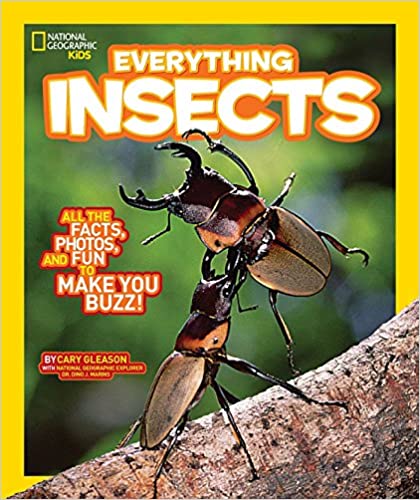
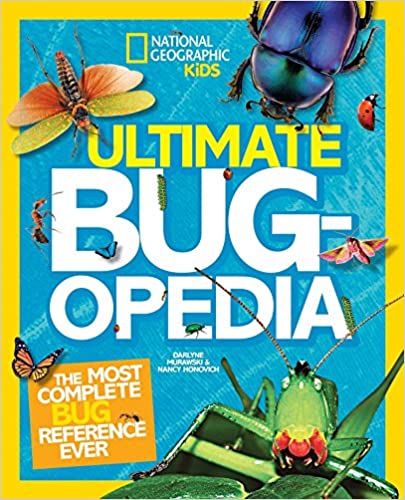
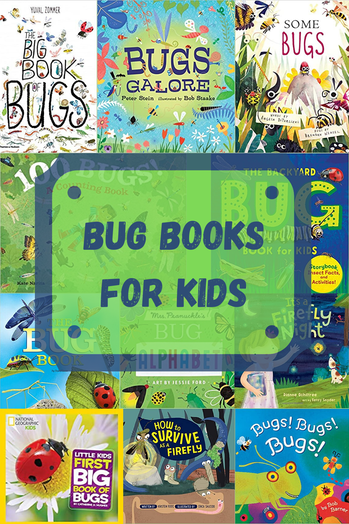
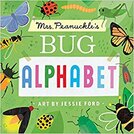
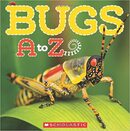
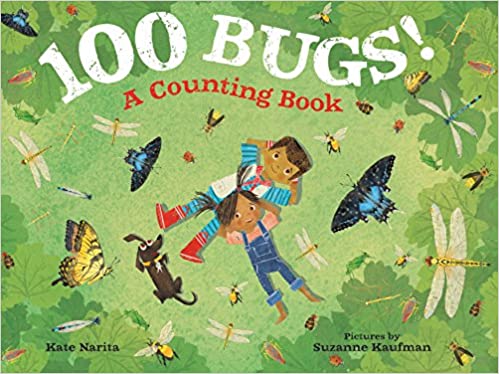
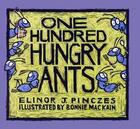
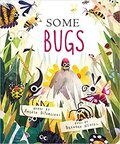
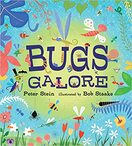
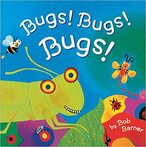
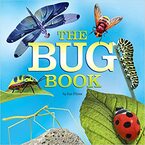
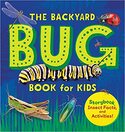
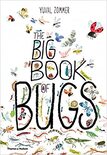
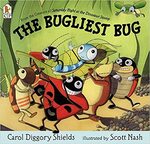
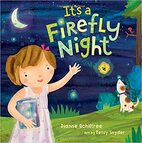
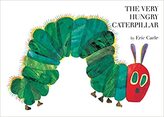
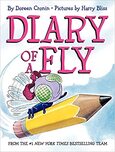
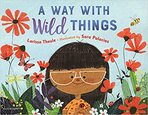
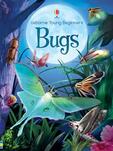
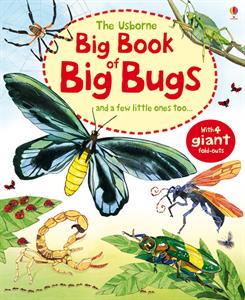
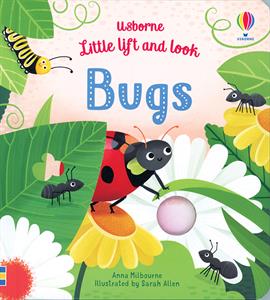
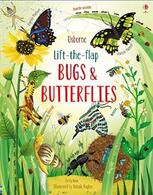
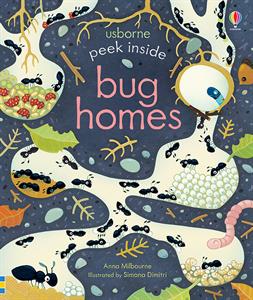
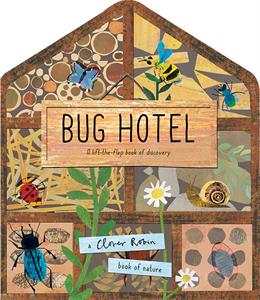
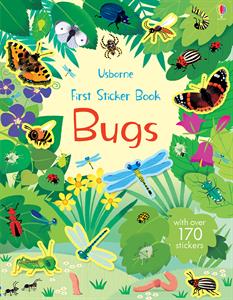
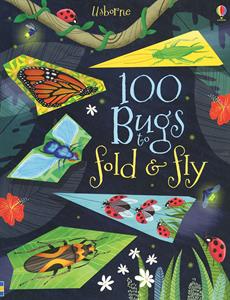
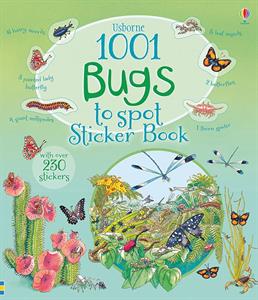
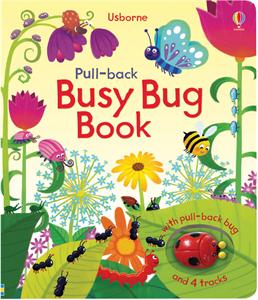
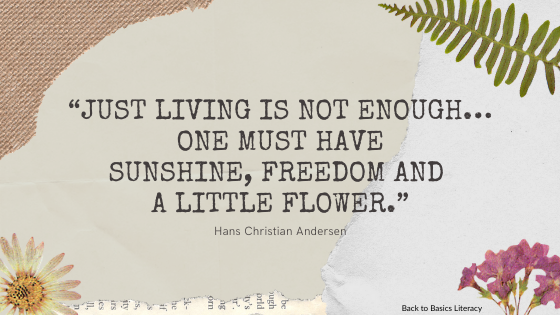
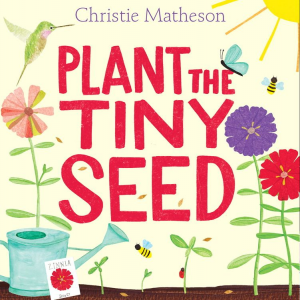
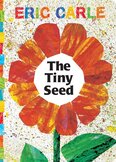
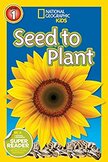
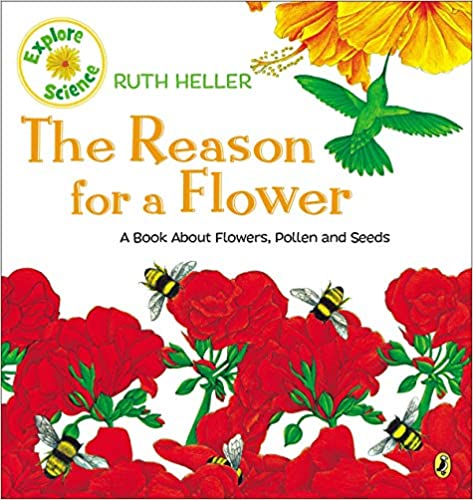
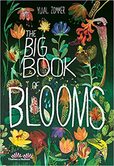
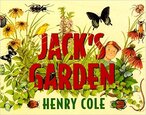
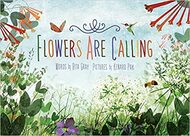
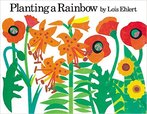
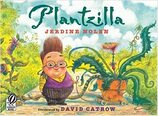
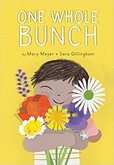
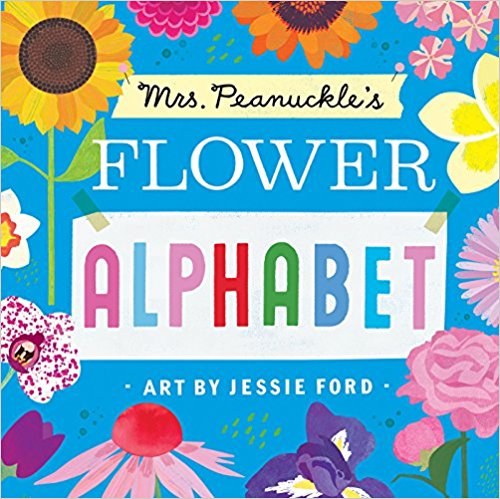
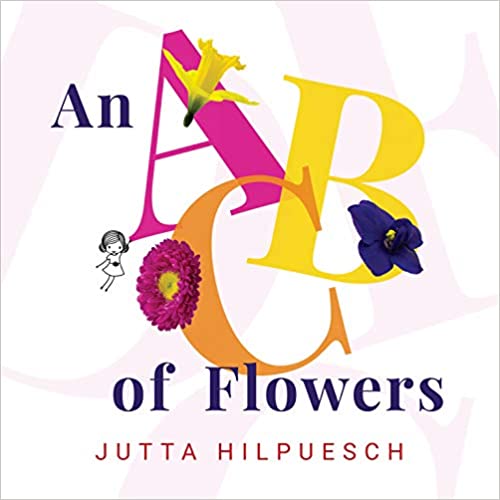
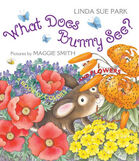

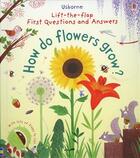
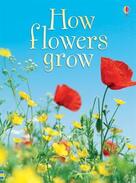
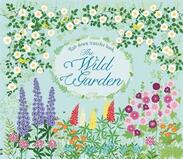
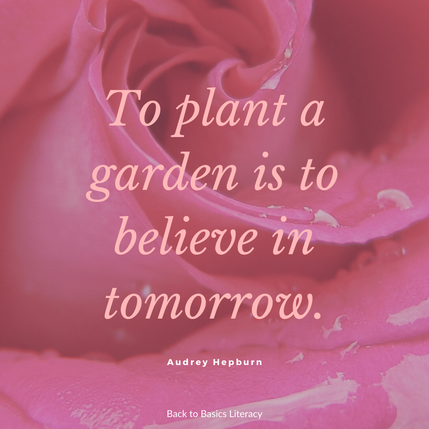
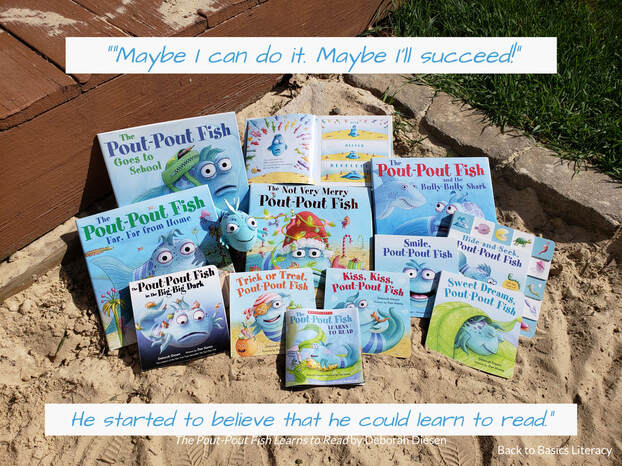
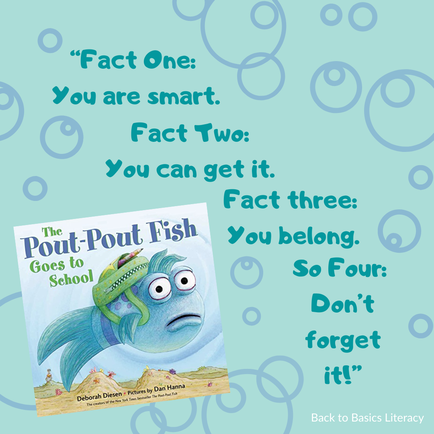
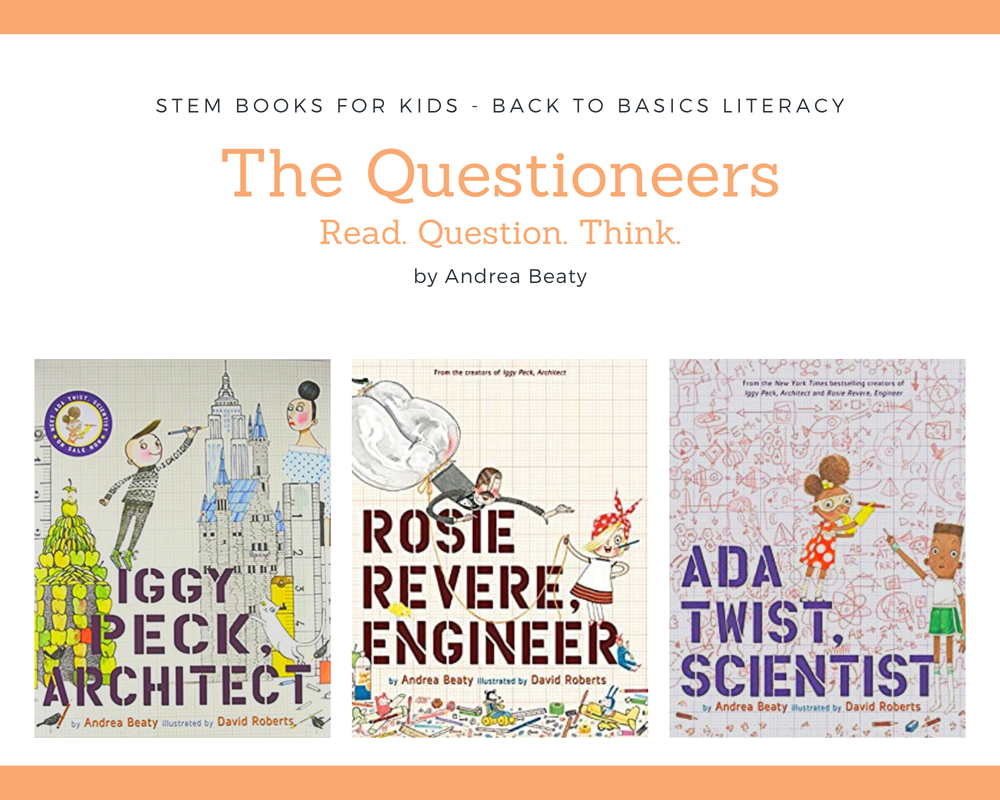
 RSS Feed
RSS Feed